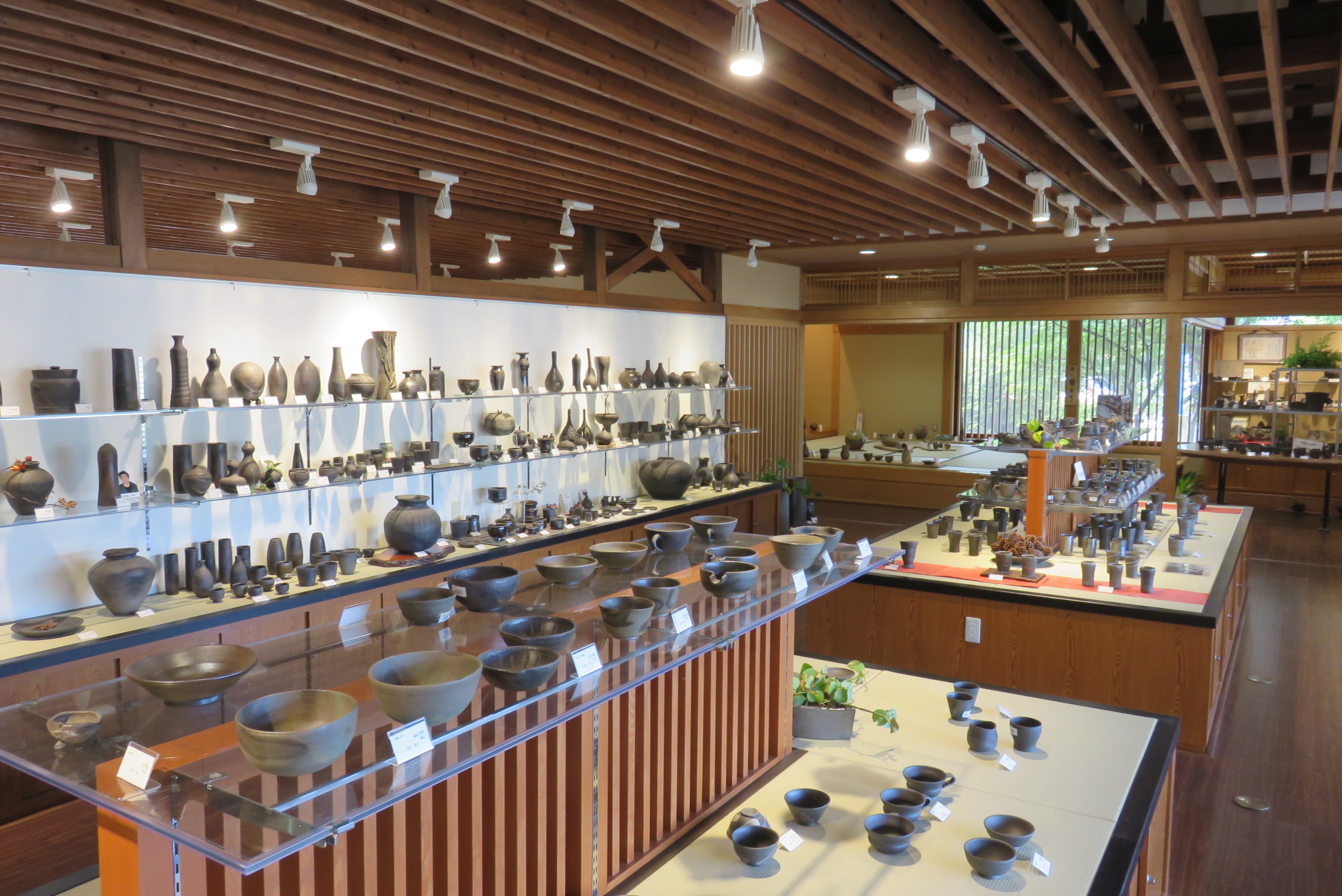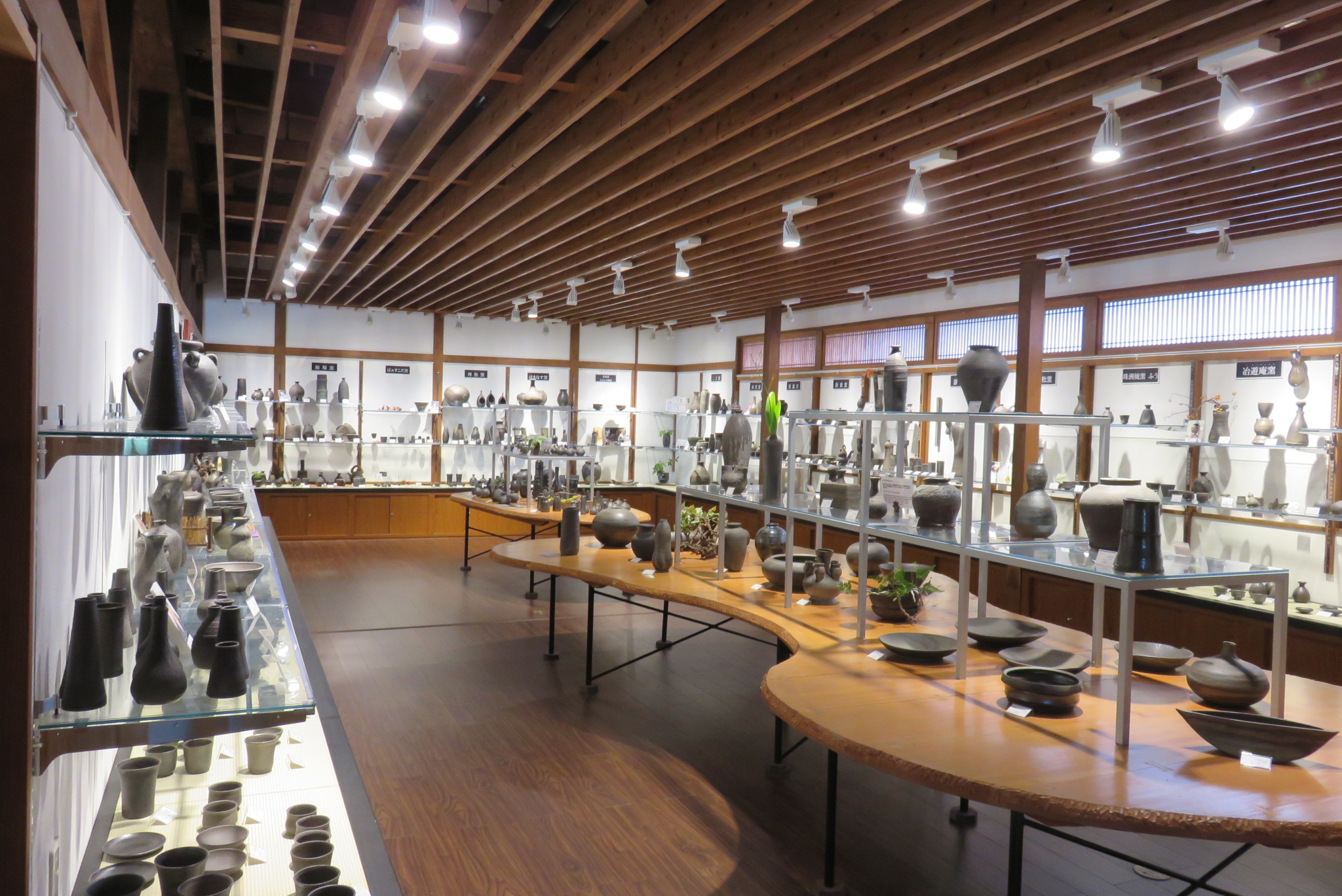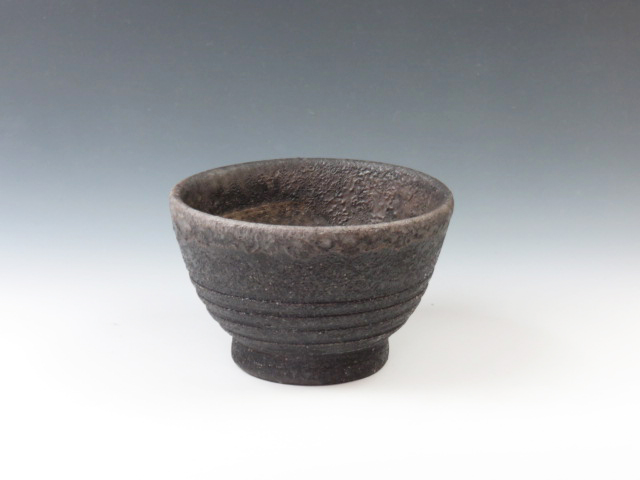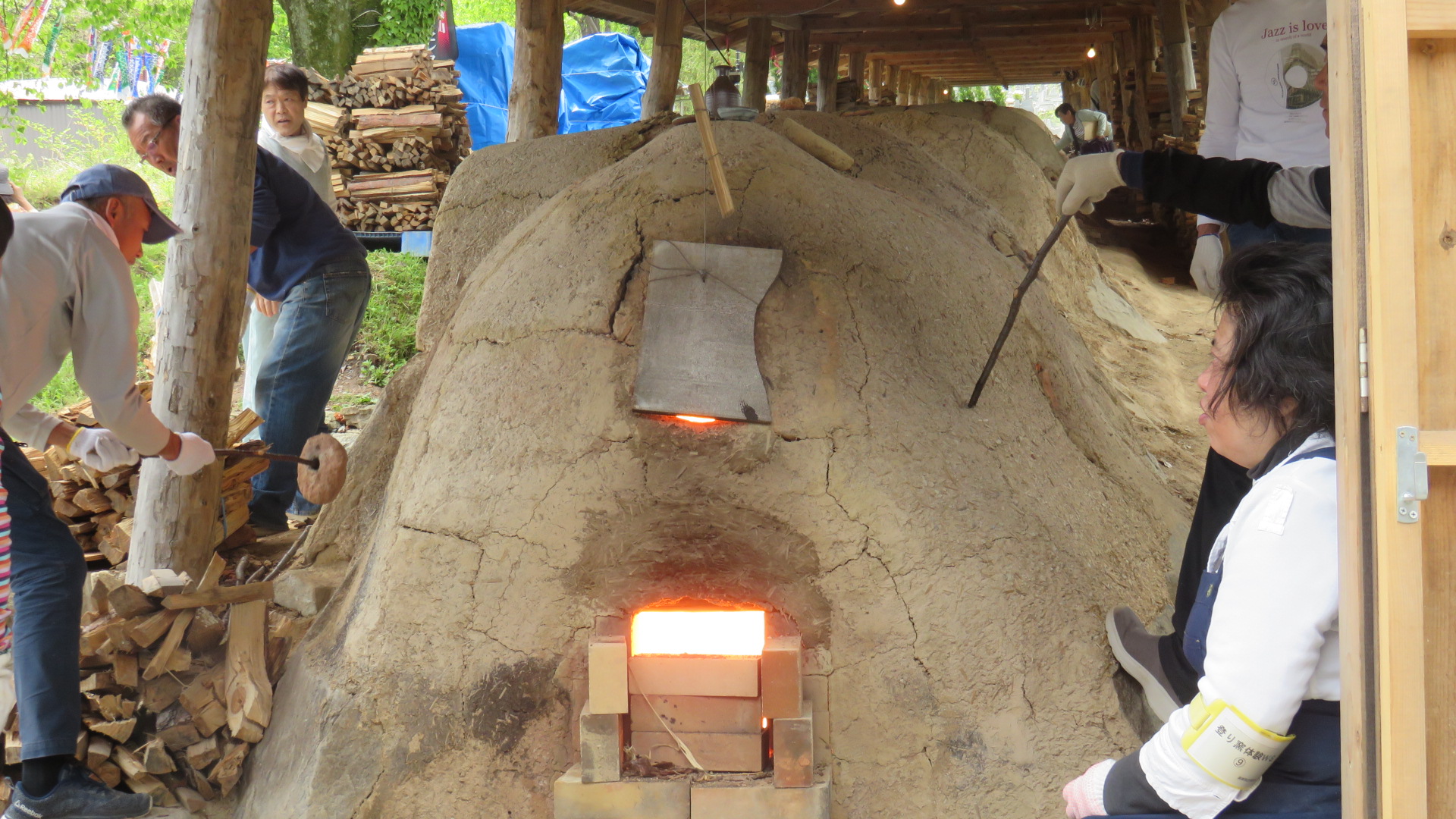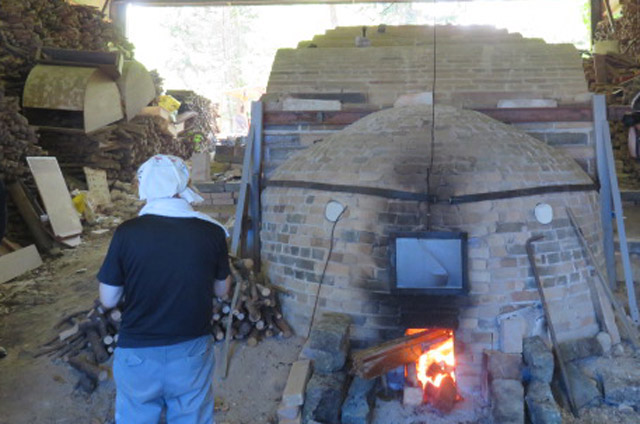The annual tableware festival was held in the Tokyo baseball Dome February 2nd to 10th , 2020. There were many visitors to enjoy tableware with the beauty and sprit of the new era. The table setting corners are the most popular one for female visitors as usual. And many famous potters from all over Japan were displaying and selling their outstanding products.
This is one of our favorite national-wise Yakimono (or pottery and porcelain) exhibitions since we can meet acquainted potters at a time here.
Online Sake Cup Shop specialized in Japanese ceramic sake cup









